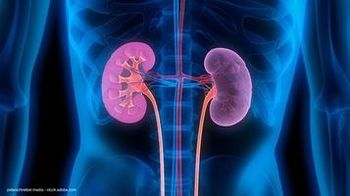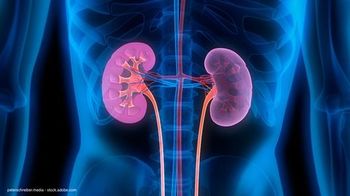
Document imaging: Taking your EMR to the next level
I suggest taking the DIMS plunge in incremental steps. Then consider an application composed of modules that you can purchase and phase in over time.
Taking Dr. Koop's comments to heart, many physicians will have an electronic medical records program in place in 2005. The first phase of implementation is to use the program and bridge it to your practice management system so that a single entry in the practice management system will populate all the appropriate fields in your EMR. The next level is to scan in all of the reports, images, and other documents such as letters from referring physicians, insurance companies, and attorneys. For this process to be accomplished, you will need a document imaging and management system (DIMS).
The documents scanned may include word-processed text, x-rays, EKGs, and even interfaces between your lab and your EMR. (For the latter to occur, you will need an interface consisting of Health Level 7 or American National Standard Institute file format. Most labs and hospitals now have this in place, making this transfer very easy to accomplish.)
A DIMS also includes an indexing feature. Indexing is the process of identifying various pieces of information in a document-such as document type, date created, physician name, patient name, diagnosis, treatment type, or medications prescribed-and then transferring that information into a database for search and retrieval. For example, if you were concerned about patients for whom you prescribed rofecoxib (Vioxx) and wanted to notify them of the drug recall, you could easily identify all of these patients and seamlessly write them a letter notifying them of the recall.
The electronic storage component of your DIMS needs to:
You have multiple options for storage, including magnetic media such as hard drives, optical disks, CD, or DVD for long-term archiving. Most DIMS vendors will make storage recommendations appropriate to your needs.
Retrieval is the DIMS' ability to recover requested documents. Document retrieval depends on the indexing methods used and the quality of the indexing. Look for a system that finds items quickly and accurately.
A DIMS is only as good as its ability to provide access to information. Access to the program should include security using passwords, entry from remote locations such as satellite offices (and even another computer on a 24/7 basis), and ability to share the documents through other means of communications such as print, fax, and e-mail.
Getting on board As with any significant technology expenditure, identify your needs, purpose, budget, and expectations to achieve the desired outcomes. The extent of your requirements for the software can have a significant impact on hardware requirements. Software expenses will depend on the number of users, practice requirements, and hardware. DIMS can cost several hundred to $1,500 per user. You can also expect to pay 20% annually in maintenance and support costs.
I suggest taking the DIMS plunge in incremental steps. Then consider an application composed of modules that you can purchase and phase in over time.
Newsletter
Stay current with the latest urology news and practice-changing insights — sign up now for the essential updates every urologist needs.

















